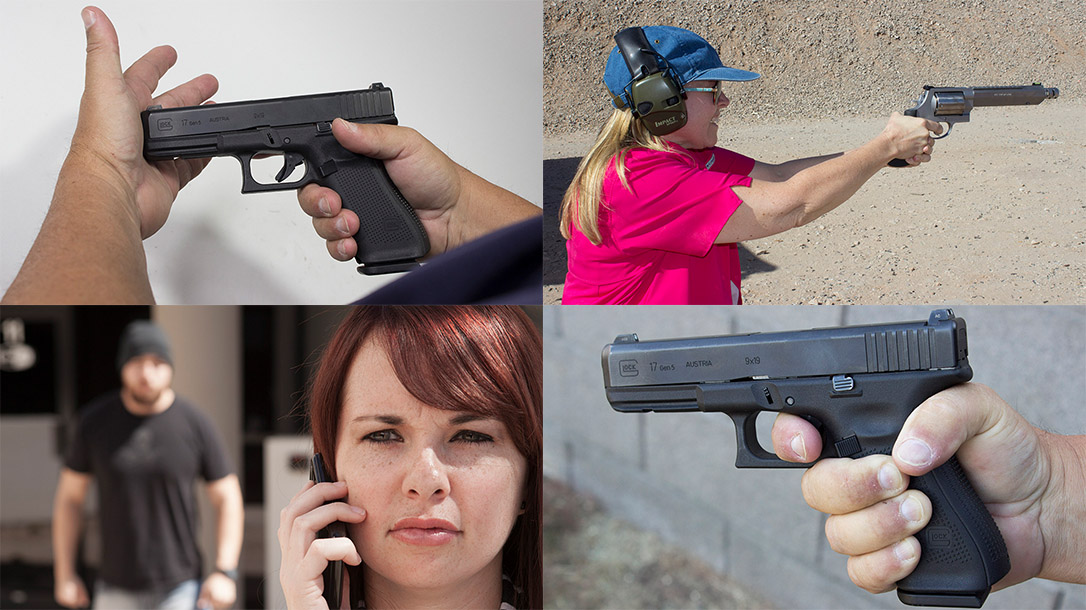The struggle is real. Few things are as challenging as mastering a firearm. Although enjoyable, it can make you beat your head against a wall.
This is true for shooters and the people who instruct them. As a firearms instructor, I’ve had the pleasure and, at times, challenge of working with a variety of people, and I’ve found several recurring themes with the obstacles people face in shooting. Those can be frustrating, but it’s important to know that there’s a solution to each. The list of shooting challenges is long and ranges from technical issues to mindset and ideology. I’ll break it down into the top 10 that appear in my classes.
Advertisement — Continue Reading Below
This article was originally published in the winter/spring 2018 issue of “Personal Defense World.” To order a copy and subscribe, visit outdoorgroupstore.com.
1. Flinching
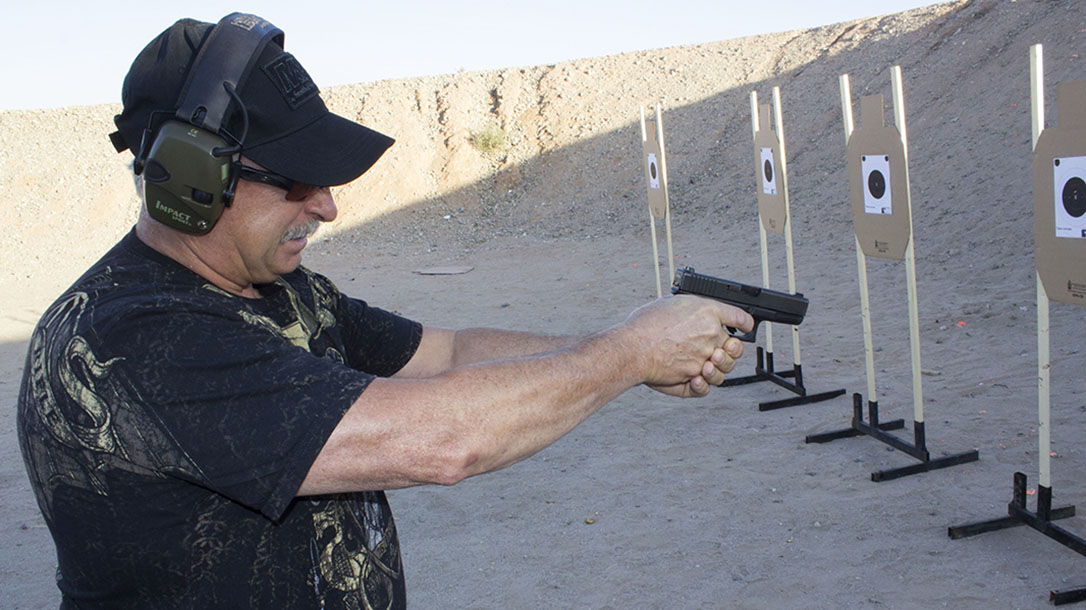
Flinching occurs when people anticipate the firing of the gun. Many people are startled by the sound of the gun firing and the recoil that follows. As a result, they usually push the barrel of the gun down somewhat just before firing. Accuracy-wise, this is disastrous, and at best, it drives the shots below the target.
Advertisement — Continue Reading Below
The solution is twofold. First, explain the need for steady muzzle control. Drills can help. Put a piece of brass on the front sight and have the shooter dry-fire the gun without the brass falling off. Second, get the shooter onto a gun with minimal muzzle rise and recoil. In some cases, I use a suppressed .22 pistol to help build good habits. Ultimately, those folks work themselves up to full-sized guns when their habits are solid.
2. A Weak Grip
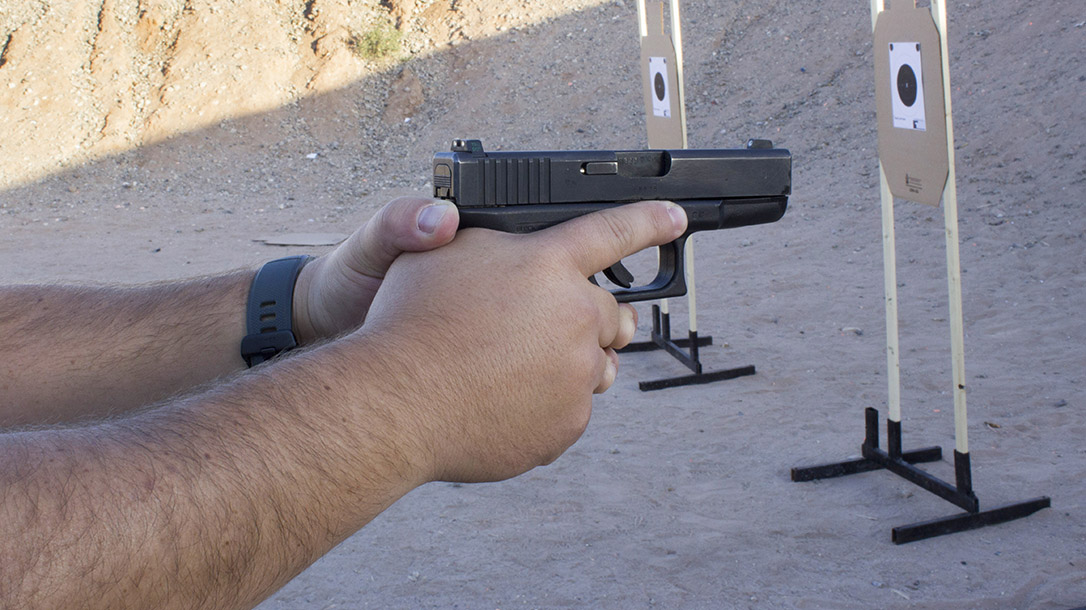
Having the proper grip is essential to accurate and repeatable shooting. If you don’t hold the gun correctly, it can move around in your hand and make follow-up shots difficult. Additionally, it can be hard on your hands and wrists if you don’t hold the gun right. One common mistake I see is people overlapping their thumbs behind the gun. Some guns have room for this, but this habit almost always causes a bloody thumb because the slide cuts the thumb as it cycles to the rear.
Advertisement — Continue Reading Below
The solution is to keep both thumbs on the side of the gun. In fact, the grip I teach has both thumbs extended and pointing forward, along the side of the frame. This helps protect the thumbs, stabilize the gun and improve overall accuracy.
3. Being Unbalanced
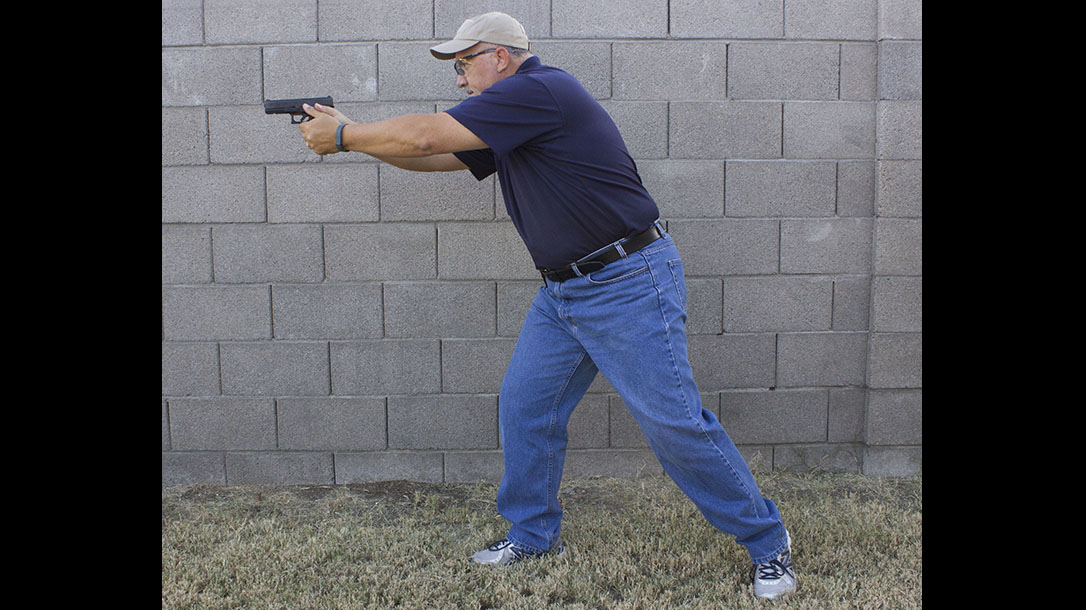
Having a good stance is important for being a good shot. However, it can be one of the most challenging parts of the process. I often see overaggressive stances combined with some sort of half-karate squat. Shooters are rarely in good balance, and those positions are difficult to maintain for long.
Advertisement — Continue Reading Below
The solution is what I call a fighting stance in which your support-side foot is in front of you and your feet are shoulder-width apart, just as if you were getting ready to fight someone. This position lets you move easily should the need arise. There will be no real shooting stance if things get bad. You will draw your gun and fight for your life. If you train with a fighting stance, however, it’s the closest thing to what you will experience in the real world.
4. Trigger Finger Positioning
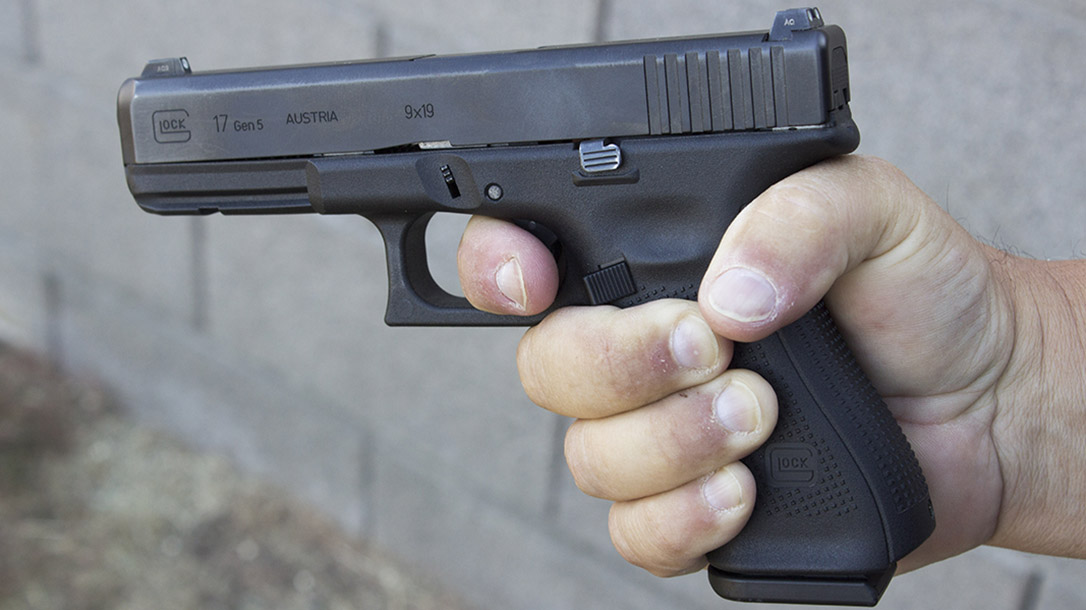
Shooters at my range have a variety of hand sizes. From women with large hands to men with almost child-sized hands, there is a vast spectrum. With that comes the reality of how the trigger finger naturally sits on the trigger. If someone has big hands, their finger tends to poke all the way through the triggerguard. Smaller hands have people reaching just to touch the trigger.
Advertisement — Continue Reading Below
The solution is to have the first pad of your finger on the trigger. This position lets you more easily press the trigger directly to the rear and maintain your aim. If the finger goes in too far, your shots will tend to fly left. Not enough finger and your shots will get pulled right. Keep it in the middle and hit the bullseye.
5. Bad Gun Choice
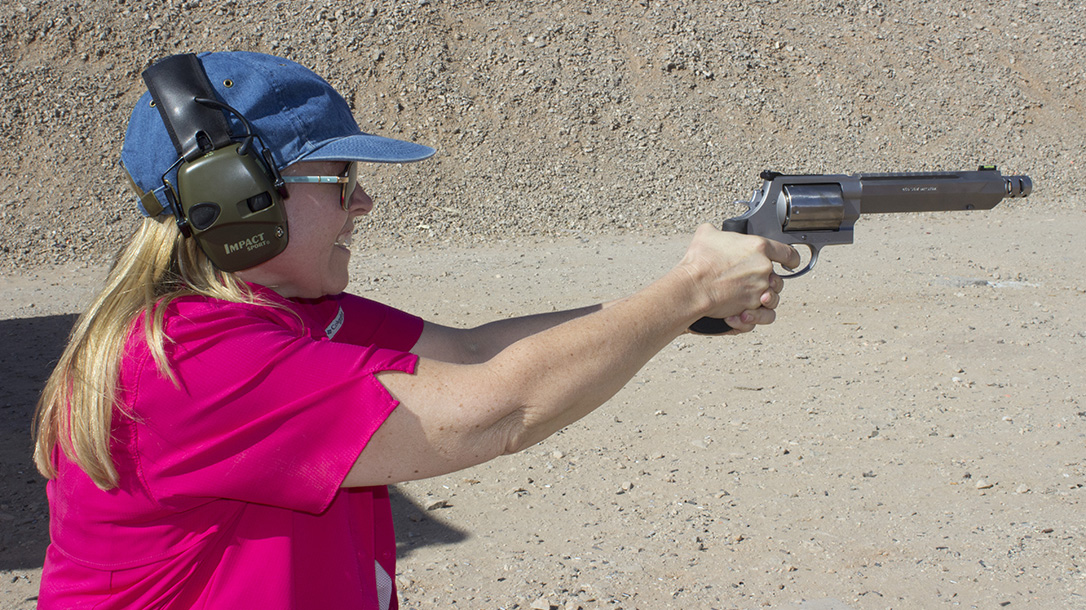
This has some connection with our trigger-finger talk. The gun you choose must fit your hands. Many times, people bring guns that are too large for them to accurately run or use micro-guns that make training a pain. In most cases, it’s a large handgun in the hands of a small-framed woman because her husband or boyfriend told her to shoot it. Or folks use a micro-gun but aren’t remotely ready for the recoil the gun will produce.
Advertisement — Continue Reading Below
The solution is to choose wisely. Regardless of brand or flavor, the gun must fit your hands well. It should feel natural and comfortable. You should be able to easily and correctly reach the trigger and easily manage all manipulations.
6. No Muzzle Control
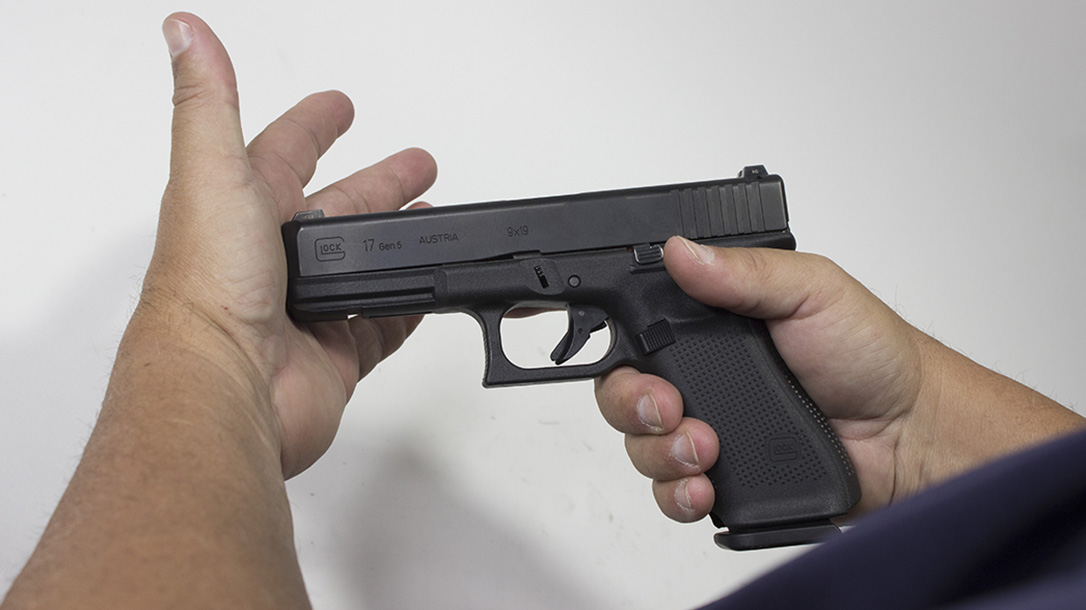
Sloppy muzzle awareness is a very dangerous issue. Remember our four firearms safety rules? “Do not point the gun at anything you are not willing to destroy.” I preach this, but there always seems to be someone who muzzles another student or, more commonly, themselves.
Advertisement — Continue Reading Below
The solution here is education. It must be beaten into their heads at times that negligence in this area can have lethal consequences. In fact, in some classes, people take great offense to being muzzled, which has forced me to expand on the safety rule: Do not point the gun at anything you are not willing to destroy or be prepared to get your butt kicked.
7. Unwilling To Learn
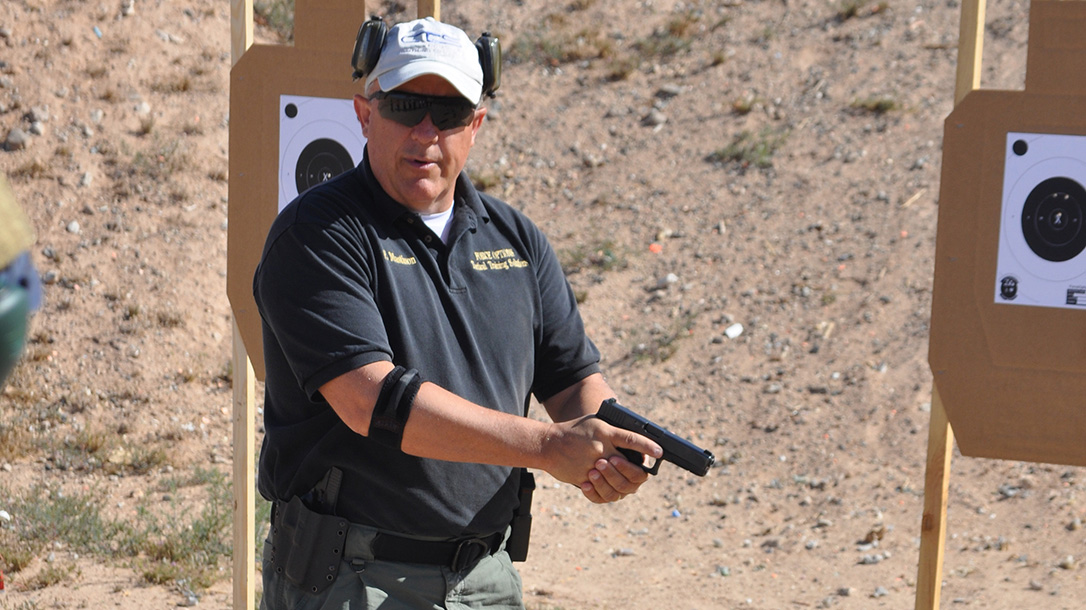
In some cases, people in training courses are consciously or unconsciously unwilling to try something new. I might teach a technique a certain way they have never tried before. Instead of trying it, however, they do what they have always done, regardless of how well that works. The solution is to come to class with an open mind and a willingness to try something new. There’s more than one way to accomplish pretty much any task in the firearms world. Being open-minded lets us see things that might help us be better shooters.
Advertisement — Continue Reading Below
8. Printing
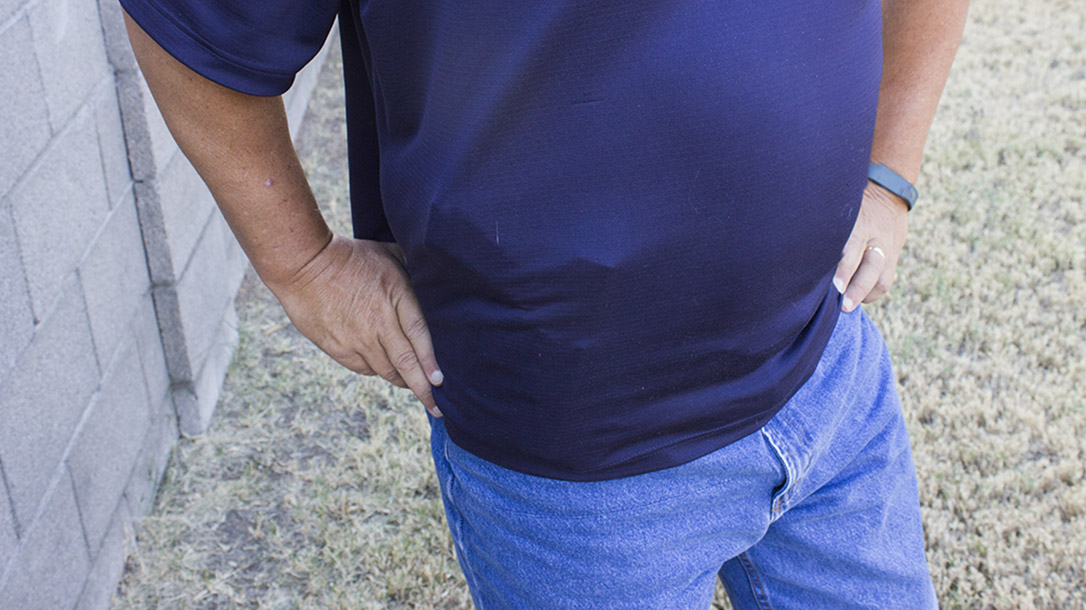
One reason people attend firearms training is because they plan to carry their weapons concealed. Printing, however, can be an issue with concealment. Often, the problem is a sloppy setup or a poorly fitting holster that makes the gun print while concealed. This means the outline of the gun is visible though clothing. Whether a shirt is too tight or a jacket isn’t zipped up, printing can cause quite a stir.
The solution is to wear appropriate clothing and have a solid holster that lets you conceal well. Loose shirts and big jackets work nicely. You can wear tighter clothes if your holster system is designed well and carried appropriately.
9. Incorrect Mindset
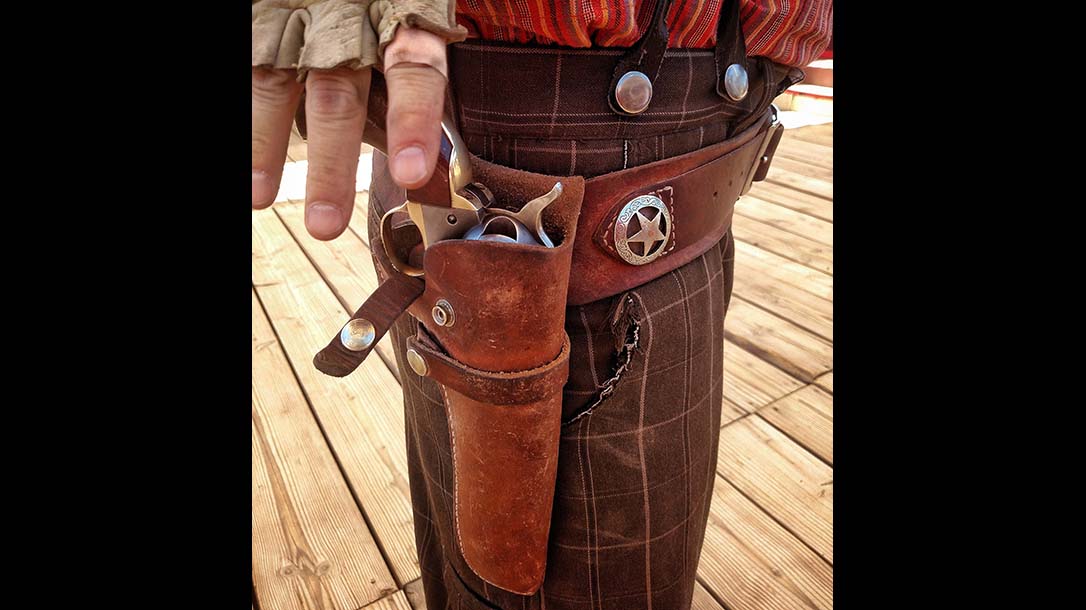
Across the country, a spectrum of people takes classes. One problematic thing instructors see is an incorrect mindset. Folks with one mindset almost wish for the opportunity to draw their guns and “go to work.” That’s usually said in a joking manner, but it’s a flag for me with a student.
Again, the solution is education. People must understand that the presentation and use of a firearm is a last-ditch action. You should only shoot another person if your life is in absolute peril. Regardless of the situation, glorifying the shooting of someone is the seed for bad decision- making, which can lead to legal and even lethal consequences.
10. Being Unaware

This last challenge seems to get worse every day. I might sound like a grandma, but people are too consumed with digital devices and in turn lose awareness of their surroundings. Their heads are in their phones and not plugged into potential dangers. The solution is to show people how dangerous a lack of situational awareness can be. By demonstrating how quickly someone can close the distance, people begin to understand that they need to look around. You must have your head up and, as they say, on a swivel. The earlier you can identify a threat, the better the chances that you can avoid it.
Those are the 10 basic items I see most in classes. Other challenges exist, but this list covers the most common and critical. When students have an open mind and instructors have patience, good things can happen. When we get past the problems, we’re left with solid shooters and solid members of the gun community.
